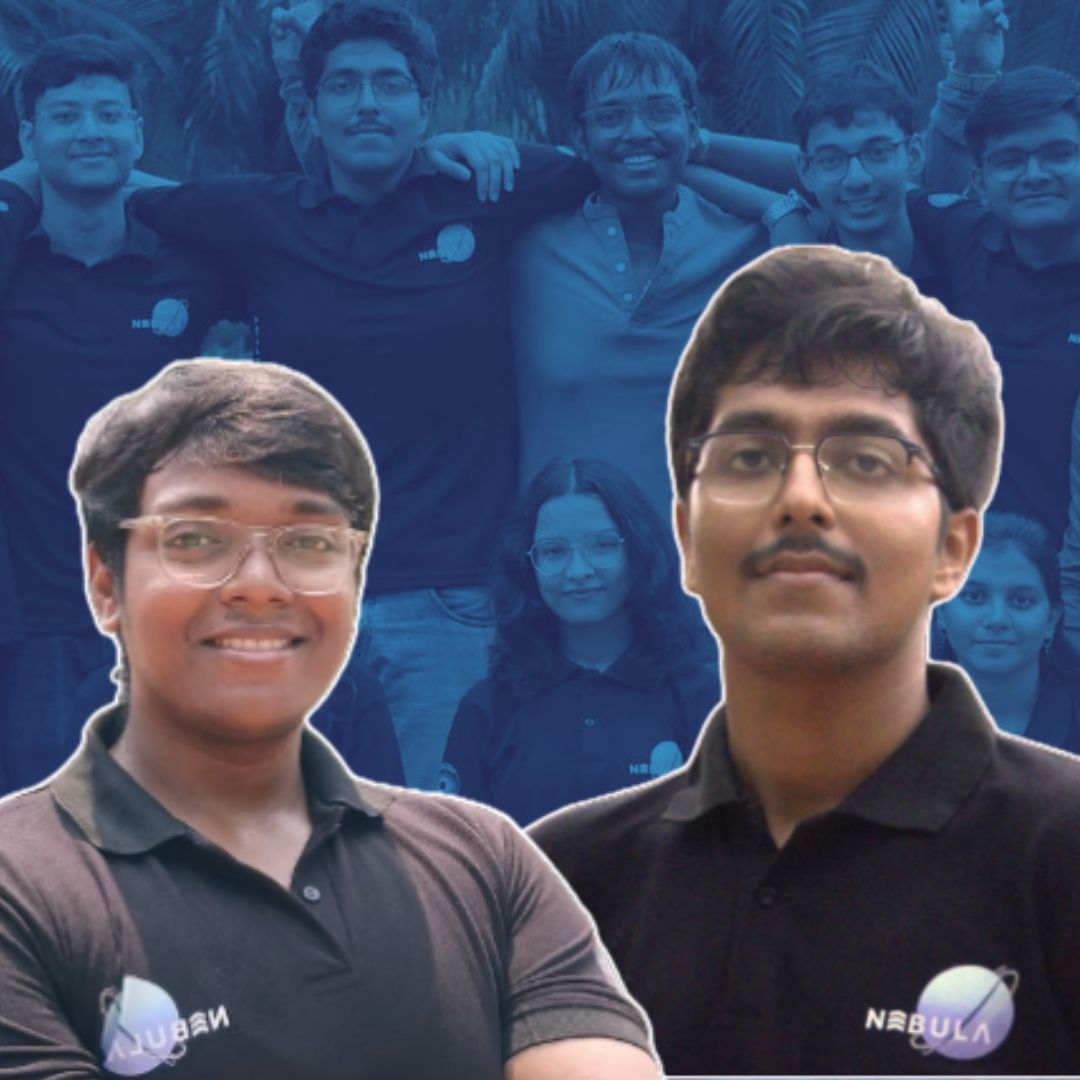Two 21-year-old Indian students, Snehadeep Kumar from West Bengal and Mohit Kumar Nayak from Odisha, helm the student-led Nebula Space Organisation in crafting a groundbreaking CubeSat constellation. Their flagship SABHASAT project pioneers India’s first gamma-ray burst observatory in nanosatellite form, slashing development costs by up to 98 percent through innovative, locally sourced designs.
Emphasizing modular builds, real-time data access, and sustainable deorbiting to curb space debris, the initiative has earned nods from ISRO and international bodies. With prototype milestones achieved, the team eyes a 2026 launch, aligning with India’s surge in youth-driven space missions.
Affordable Space Tech from Odisha – Revolutionizing Access with Nanosatellites
Nebula Space Organisation upends the exorbitant landscape of satellite deployment by engineering compact CubeSats that deliver high-fidelity Earth observation and cosmic monitoring at fractions of traditional expenses. Measuring 10x10x10 cm per unit, these nanosatellites integrate advanced gamma-ray detectors to probe high-energy bursts from distant astrophysical events, such as stellar collapses and active galactic nuclei.
By substituting pricey imported alloys with domestically machined alternatives, like aluminium 7075 at under ₹1,000 versus crores from specialists, the team achieves structural resilience via CNC precision and snap-together modular frames.
This frugal engineering trims mission budgets to around ₹10 lakh, enabling constellations of up to 100 units for under ₹10 million, rivaling the scope of multimillion-dollar observatories like ISRO’s AstroSat. Users access live orbital feeds and radiation analytics through intuitive mobile interfaces, fostering applications in disaster monitoring, agriculture, and scientific research for emerging economies.
The Journey So Far and Enduring STEM Legacy
Rooted in Snehadeep’s lifelong astronomy zeal, nurtured by documentaries and scholarly texts, Nebula emerged in late 2021 as a virtual student collective on digital forums, blossoming into a formal entity during the founders’ time at Kalinga Institute of Industrial Technology in Bhubaneswar.
Mohit, with his computing expertise, co-steers the SABHASAT, a 3U CubeSat (300 cm³ volume, 15 kg mass) orbiting at 550 km with a 97.41-degree inclination for a five-year lifespan. Equipped with scintillators, silicon drift detectors, solar sails for attitude control, and robust power distribution, it ensures precise data capture amid low-Earth orbit rigors. Accolades include ISRO’s 2024 National Space Science Symposium endorsement, showcases at the Milan International Astronautical Congress, and the European Astronomical Society’s 2024 gathering, plus mentorship from ex-NASA veterans and Nvidia’s Inception Program.
Complementing this, Snehadeep’s Aurora Academy Journal amplifies young researchers’ voices via open-access publications. Echoing ISRO’s student satellite heritage, like the 2009 STUDSAT, Nebula prioritizes debris mitigation through automated deorbiting, countering threats from defunct craft like the 1975 Aryabhata.
India’s Blooming Youth Space Vanguard
India’s space arena thrives on student ingenuity, with ISRO slated for over 75 university-led payloads in 2025, spanning full builds to hosted experiments, bolstered by dedicated labs and component access. Nebula embodies this ethos, merging indigenous fabrication with global standards to dismantle import barriers and nurture a domestic NewSpace talent pool.
From school-based prototypes in Hyderabad to commercial hyperspectral swarms by firms like Pixxel, these ventures propel self-sufficiency, eyeing extensions into lunar scouting and deep-space relays. Nebula’s blueprint not only unlocks gamma-ray insights but also equips underserved groups for equitable cosmic engagement.

The Logical Indian’s Perspective
This saga of student resolve and eco-conscious engineering illuminates pathways to collective advancement, mirroring The Logical Indian’s advocacy for inclusive innovation and planetary care. By rendering space tools attainable and responsible, Nebula invites a collaborative cosmos.












